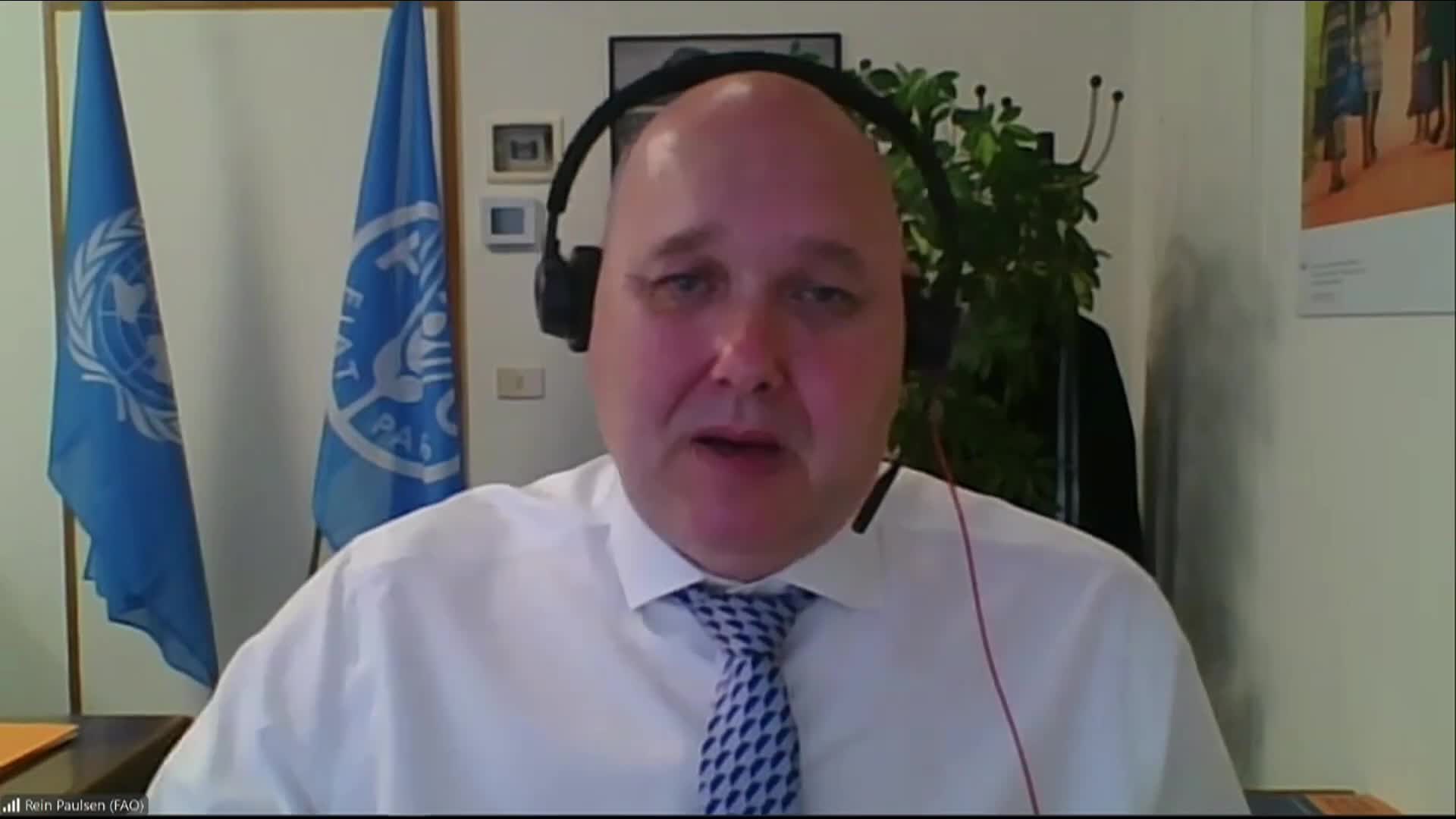UNICEF urges immediate action to combat global child malnutrition crisis in 2024
May 18, 2025 | United Nations, Federal
This article was created by AI summarizing key points discussed. AI makes mistakes, so for full details and context, please refer to the video of the full meeting. Please report any errors so we can fix them. Report an error »

Acute food insecurity remains a pressing crisis, affecting millions across the globe, as highlighted in the recent United Nations press conference on the 2025 Global Report on Food Crises. The meeting underscored the urgent need for targeted agricultural assistance, with approximately 70% of rural populations relying on agriculture for their livelihoods. Experts emphasized that emergency agricultural support, alongside direct food aid and cash assistance, is crucial for helping communities grow their own food and sustain livestock.
Despite the grim overall trends, there is a glimmer of hope: 15 countries, including Afghanistan, Ukraine, Guatemala, and Kenya, have shown improvements in their food security situations over the past year. This progress is attributed to sustained humanitarian and agricultural assistance, favorable harvests, and better rainfall in certain regions. The report stresses that with the right mix of interventions, it is possible to stabilize food insecurity even in crisis settings.
UNICEF's representative brought attention to the alarming state of child malnutrition, revealing that 10 million children are suffering from severe acute malnutrition. This condition not only threatens their immediate health but also impairs their long-term development. The report calls for urgent action to address the complex drivers of child wasting, which include economic barriers to nutritious food and inadequate health services.
The message is clear: political commitment and long-term financing are essential to prevent child malnutrition. The cost of treating malnourished children is significantly higher than investing in preventative care, making early intervention not just a moral obligation but a financial necessity. As the world faces increasing challenges in food security, the call to action is louder than ever—failure to act decisively in 2025 could have dire consequences for vulnerable populations, particularly children and women.
Despite the grim overall trends, there is a glimmer of hope: 15 countries, including Afghanistan, Ukraine, Guatemala, and Kenya, have shown improvements in their food security situations over the past year. This progress is attributed to sustained humanitarian and agricultural assistance, favorable harvests, and better rainfall in certain regions. The report stresses that with the right mix of interventions, it is possible to stabilize food insecurity even in crisis settings.
UNICEF's representative brought attention to the alarming state of child malnutrition, revealing that 10 million children are suffering from severe acute malnutrition. This condition not only threatens their immediate health but also impairs their long-term development. The report calls for urgent action to address the complex drivers of child wasting, which include economic barriers to nutritious food and inadequate health services.
The message is clear: political commitment and long-term financing are essential to prevent child malnutrition. The cost of treating malnourished children is significantly higher than investing in preventative care, making early intervention not just a moral obligation but a financial necessity. As the world faces increasing challenges in food security, the call to action is louder than ever—failure to act decisively in 2025 could have dire consequences for vulnerable populations, particularly children and women.
View full meeting
This article is based on a recent meeting—watch the full video and explore the complete transcript for deeper insights into the discussion.
View full meeting